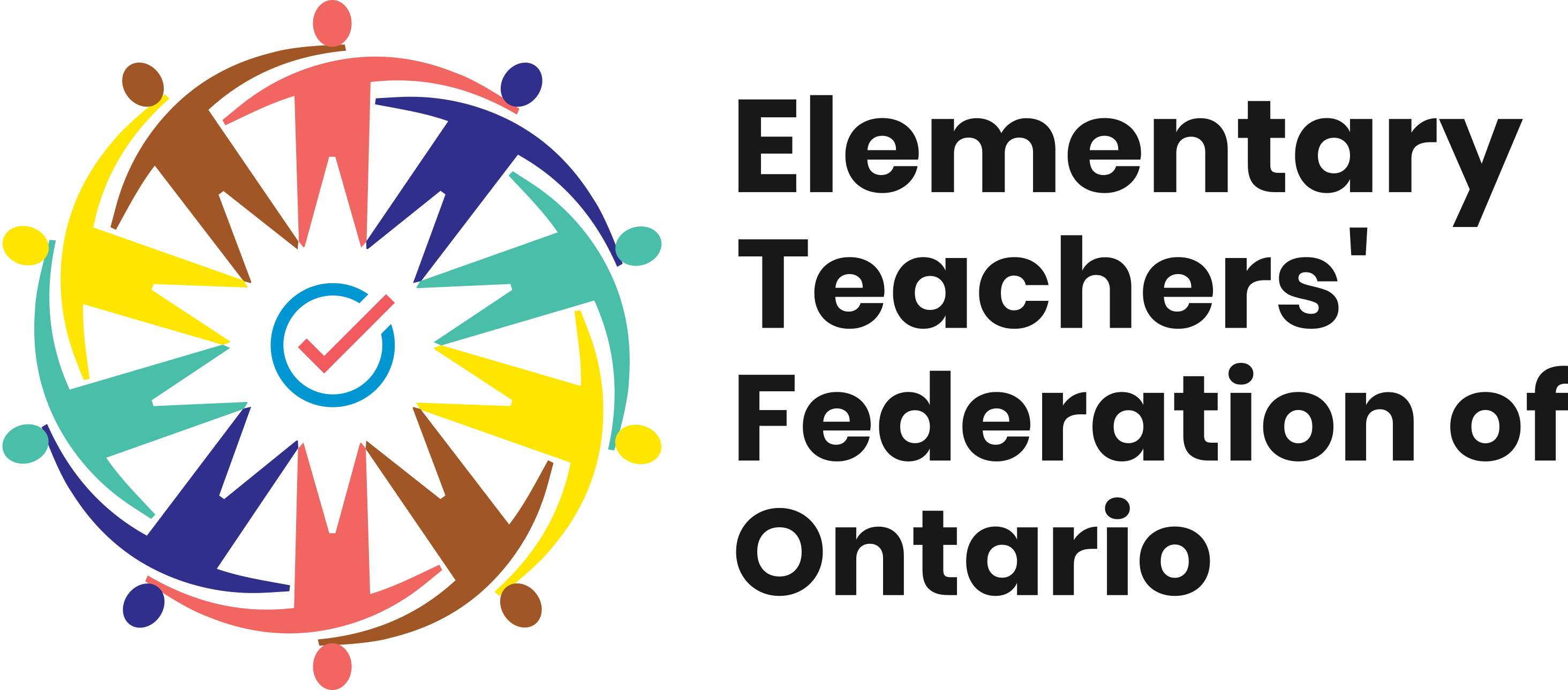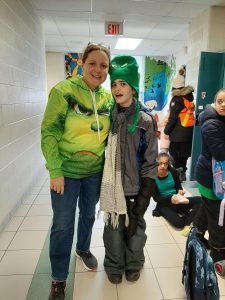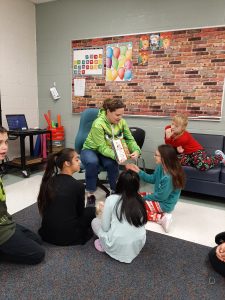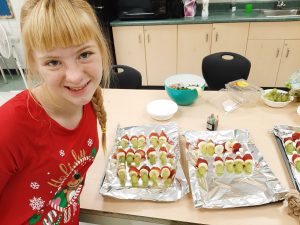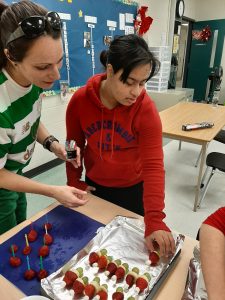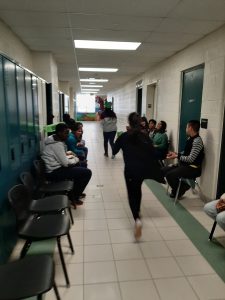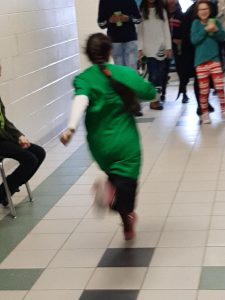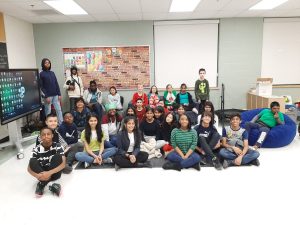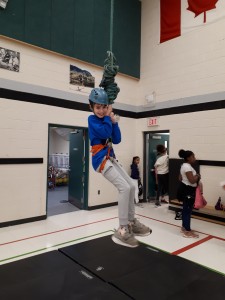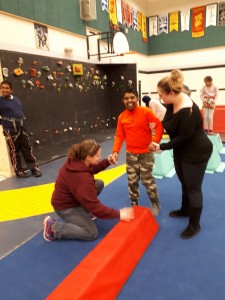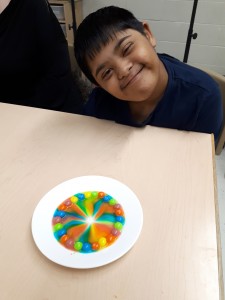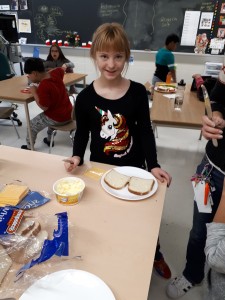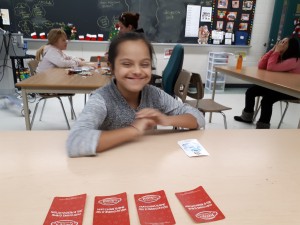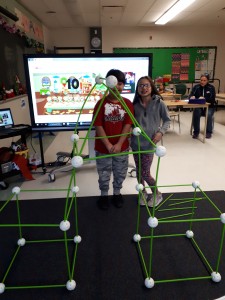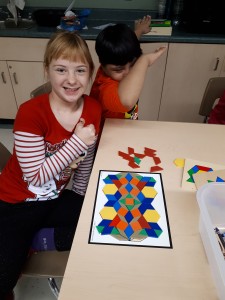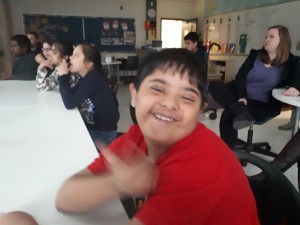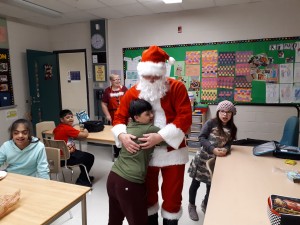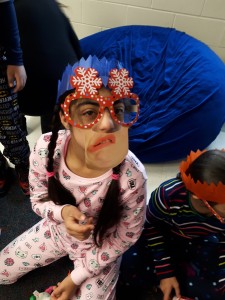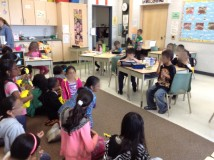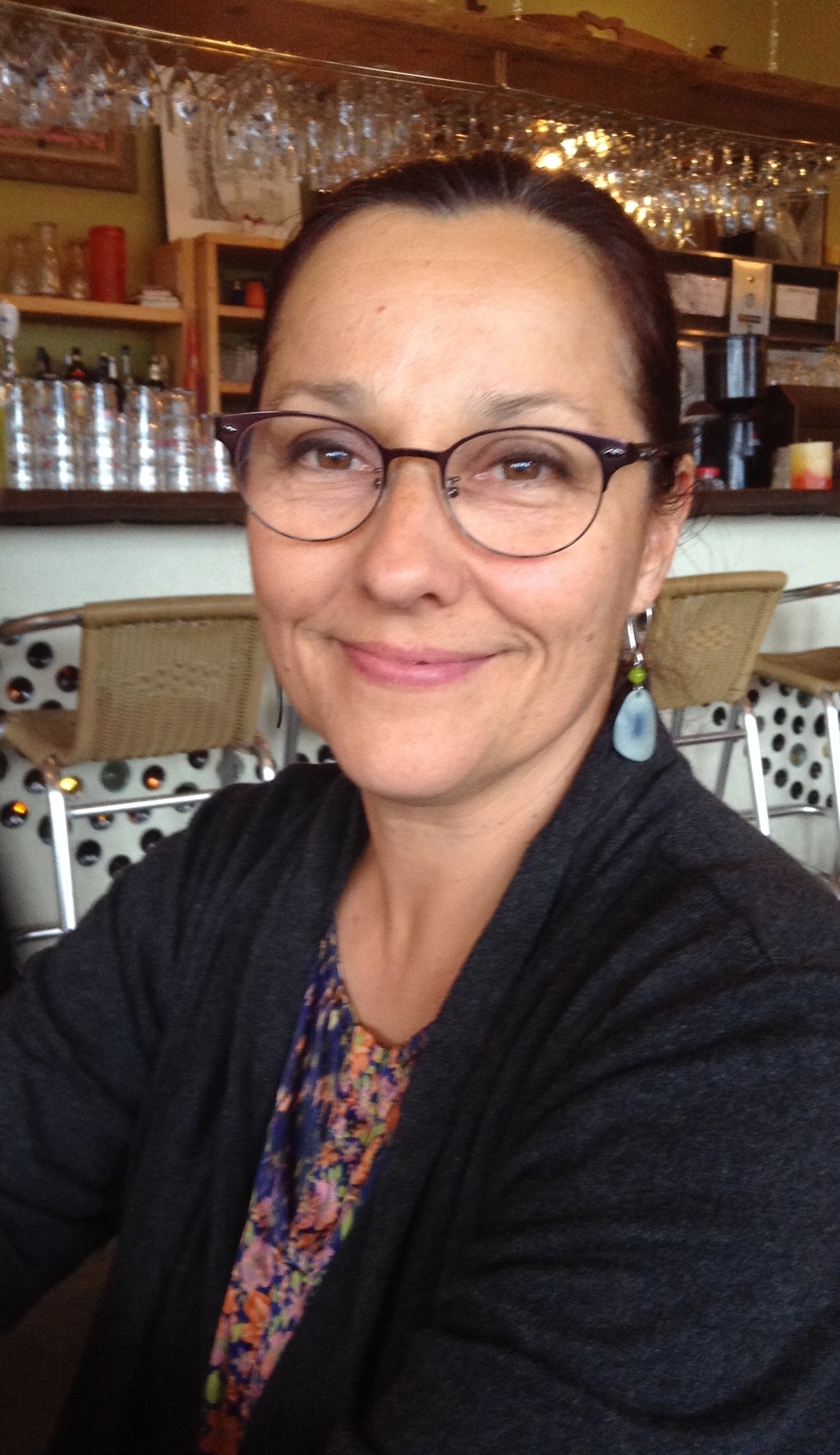We did it.
We brought another amazing decade of learning to a succesful close with passion, creativity, and purpose. For ETFO it has been 21 impactful years in the service of public education, students, and educators.
It’s my 11th year as an ETFO member, and I am looking back at the past decade with some mixed feelings. Perhaps it is a function of the time of year when all of the best and worst lists are being shared in the media? Regardless, I am thankful to be an educator who works with wonderful students and amazing staff at a great school.
On the other hand, I am also intrepid about what is continuing to widening gap between student needs and the resources with which to support them. What will the future look like if government cuts and policies changes go unchallenged? This got me thinking about how instrumental the work of ETFO is to supporting us and I found myself browsing through pages of resources, messages, and initiatives via etfo.ca
Whether you are newer to the profession or a veteran educator, I thought it would be a good idea to look back at the positive impacts made by our union that have helped us get us here, and as we prepare to for 2020.
Let’s take a moment to break down some of the numbers from 21 years of ETFO:
- Membership ~ Let’s use 75 000 as the mean number of teachers from past to present.
- Days of Instruction ~ 21 years x 190 days = 3990 days
- Minutes (days x 300 minutes of instructional time x membership) ~ 8.9775 x 10 ^10 minutes
For the sake of my own brain, I am going to say a lot of learning has occured as a direct result of tens of thousands of past and present caring ETFO educators. Millions of moments curated that have culminated and contributed to millions of positive impacts in and out of classrooms. Millions of moments where struggles turned into opportunities and hard work paid off. Millions of students who have gone on to do amazing things. Millions of lessons learned with millions more still to come.
Without becoming too nostalgic, I think it’s a great time to take stock of all the amazing things that have happened that have ensured the voices of elementary educators will be heard. 21 years on the shoulders of giants who have stood tall in the face of adversity to prepare a way for future teachers to succeed. To all of those who have taught before and alongside me, I am grateful.
Grateful for:
21 years of lessons learned in and out of the classroom.
21 years of remaining on the cutting edge of technology and ongoing teacher training
21 years of inclusivity and equity
21 years of looking out for the safety, mental health, and wellbeing of our membership
21 years of dispelling myths with facts
21 years of commitment to something bigger than themselves
21 years of standing up for students, their families, and to make public education better/stronger
21 years of fighting against the malicious mandates of socially and fiscally tyrannical governments
21 years of solidarity
Such success is something to celebrate. Especially, with a strike mandate of 98% in favour this past Fall. Our collective voices and our profoundly positive professional impact will not be dismissed or ignored.
While certain media factions seek to villify our profession, we know that we possess the power to light the way for public education well into the coming decades. When elected officials undermine our collective good in the short term, we remain focused on the future by standing together now. Side by side, ours are the shoulders to stand on.
As I shared earlier in this post, the numbers show that the possibilities grow everyday an ETFO educators enters a classroom. Bring on 2020!
Cheering you on everyday and looking forward to celebrating an even better future in education. Thank you for reading.
